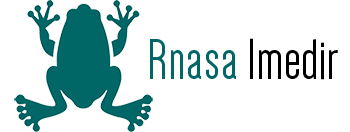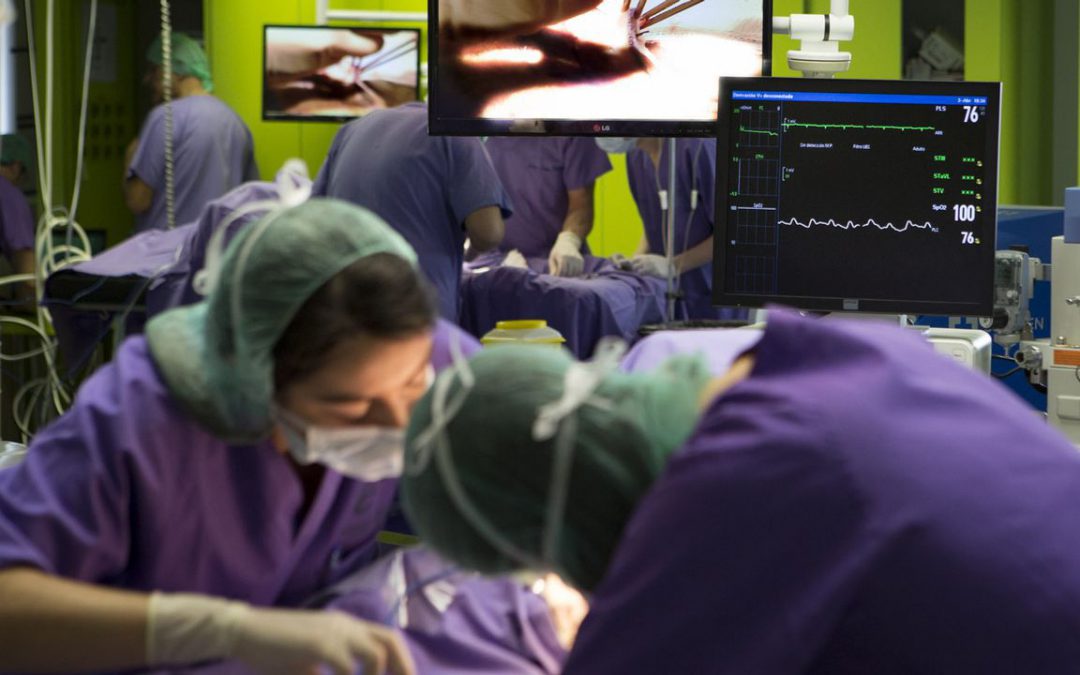Although many of the terms involved may sound highly technical, Alejandro Pazos, Professor of Computer Science and Artificial Intelligence as well as a physician, explains the international workshop taking place today and tomorrow. This event will keep technicians and healthcare professionals busy across three locations: the Faculty of Computer Science, Chuac Hospital, and San Rafael Hospital. Titled “Medical Imaging and Clinical Data Capture and Integration,” the program aims to “exchange knowledge, methods, tools, and techniques to advance projects towards what is known as precision medicine,” he explains. Information is key, he notes, for developing services and products tailored to individual needs—whether it’s reducing medication administration and its side effects or improving surgical precision through non-invasive and even robotic techniques that minimize complications, hospital stays, and recovery times.
To achieve this, they are working within a Big Data environment, dealing with vast amounts of medical images (from CT scans, MRIs, X-rays, etc.), countless pieces of medical history, and the emerging field of ‘omic’ data (genomics, proteomics, etc.). This creates an overwhelming sea of information, often untapped, with endless possibilities if we can “find the connections,” Pazos adds.
Machine Learning
Over the course of two days, with participation from national and international experts, including renowned researchers from Stanford University, they will analyze various methods, experiences, and projects. They will discuss, among other topics, what they call deep machine learning techniques. These techniques can, for example, identify subtle changes or features that conventional tools may miss. Pazos, who is coordinating the symposium, explains: “From a database of images, the goal is to deduce that a particular pathology always results in a small alteration in a specific area of the image that was previously undetectable. When combined with certain clinical data, this alteration may confirm that it occurs only in a specific group of patients, such as those who have been smoking for twenty years or those living in polluted areas.”
In essence, the aim is to find relationships that are difficult to uncover without advanced technological tools and computer engineering. Data processing techniques are the preliminary step before conducting analyses that generate knowledge.
Forty Projects
Terms like artificial intelligence techniques, artificial neural networks, and data mining will be featured at the symposium. In addition to the technical focus, medical professionals from various specialties, physicists, biologists, chemists, and occupational therapists will participate. “This is an open program for clinicians because we want to understand their needs in order to develop ideas or techniques that can be applied and assist them in their healthcare practice,” Pazos notes.
With over forty presentations, the diverse projects to be highlighted include tomosynthesis-guided biopsy developed at San Rafael, technologies for active aging and fall prevention, ergonomic control to avoid sports injuries, data analysis in peritoneal dialysis, devices for measuring sleep disorders in care homes, 3D printing applications in designing and creating technologies and support products for people with functional diversity, and even an intelligent drone system for healthcare assistance.

